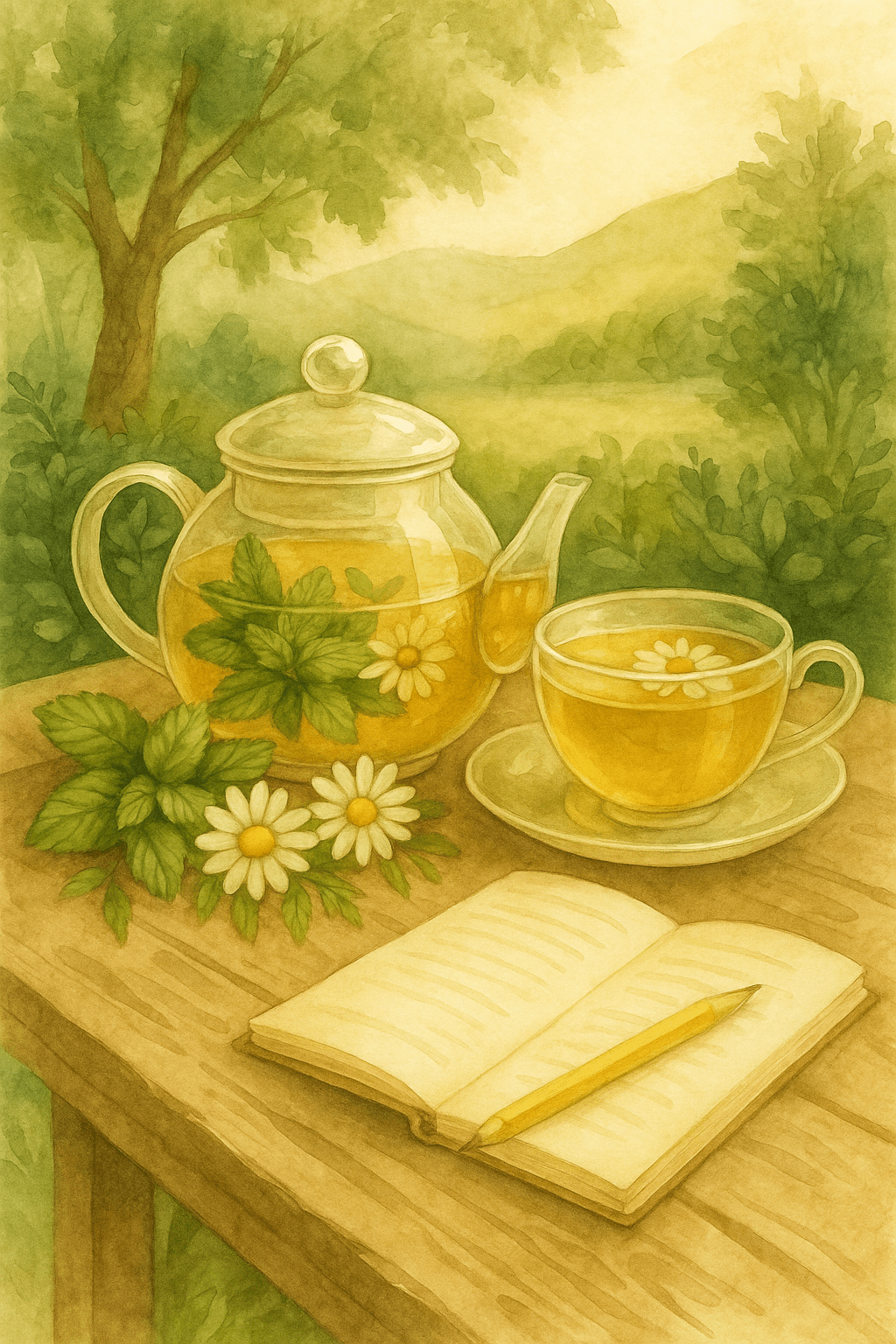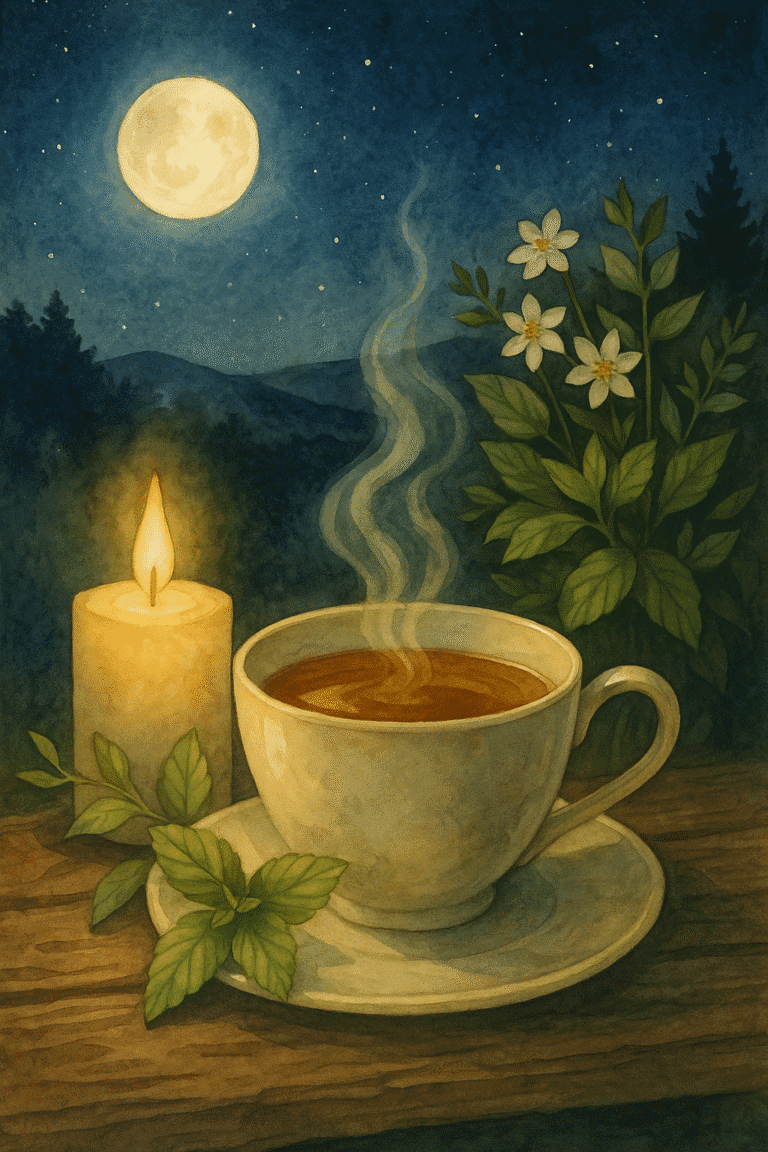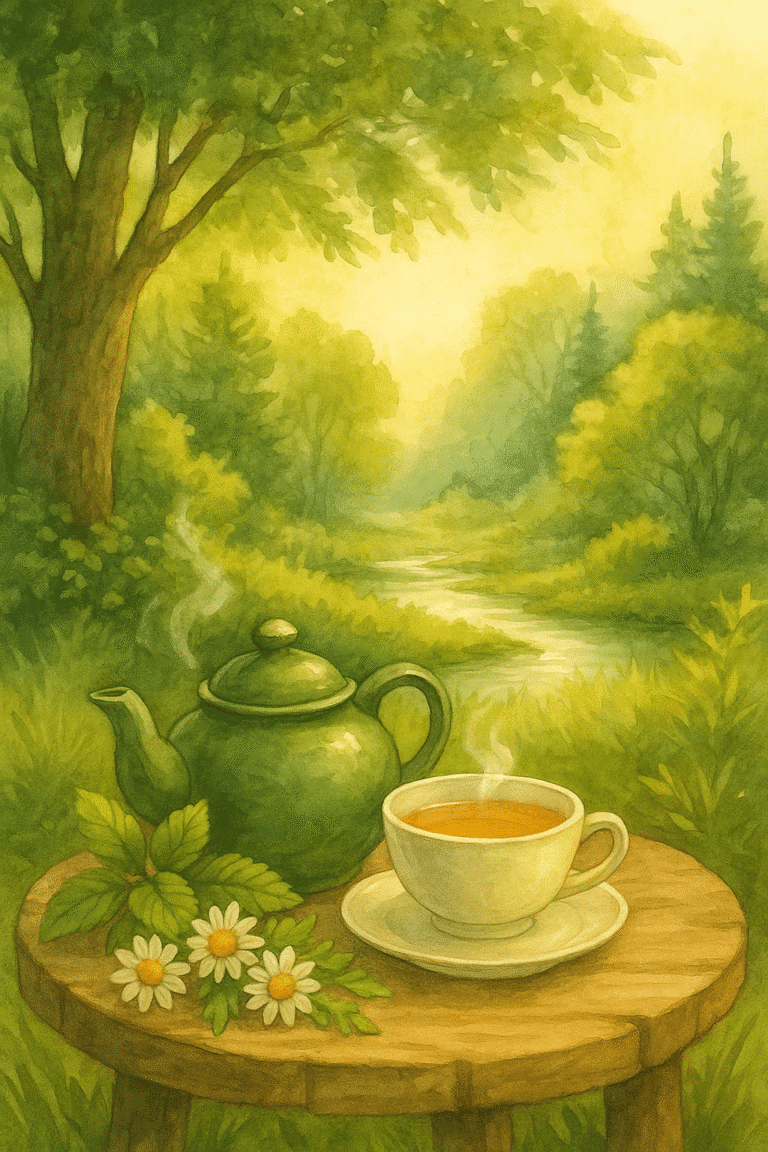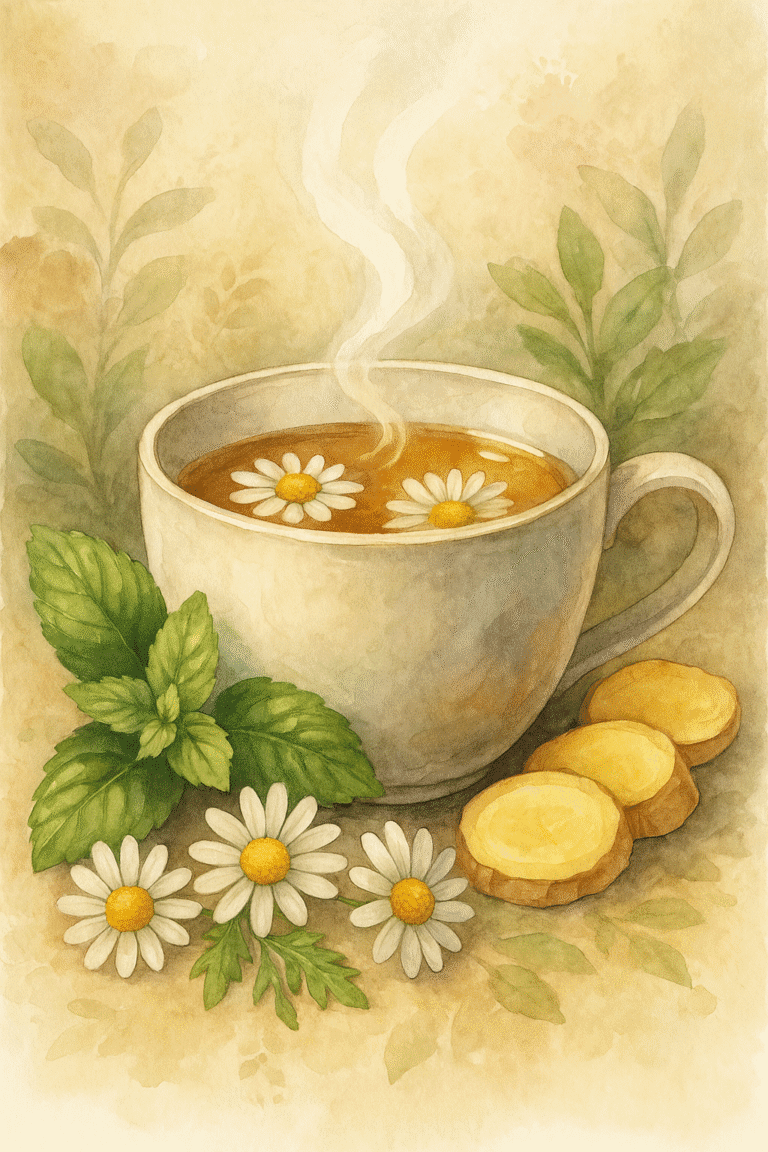From Leaf to Cup: How Tea Connects Us to Nature
From Leaf to Cup: How Tea Connects Us to Nature
Behind every cup of tea is a journey — a whisper from leaves, land, hands, and air. In a world often disconnected from the natural rhythms of life, tea remains one of the simplest and most profound ways to return to our roots. This article explores how the act of preparing and drinking tea invites us into deeper relationship with the earth.

1. Tea Begins in the Earth
Every leaf of tea carries the memory of soil. Whether it’s a wildcrafted herbal tea or a cultivated green or oolong,
the origin of tea is deeply tied to climate, elevation, sun, and season. When we drink tea, we are tasting the expression
of place — what the Chinese call terroir. A single sip of peppermint reflects sun-drenched fields; a chamomile flower recalls summer wind.
2. The Harvesting is Human
Most teas are still harvested by hand. This act — of gathering leaves, flowers, roots — creates a human bridge between the plant and the cup.
When we choose teas grown sustainably and picked with care, we honor the hands that made our comfort possible.
Fair trade and local herb growers ensure not just quality, but reciprocity.
3. Slowing Down to Prepare
Nature doesn’t rush. When we prepare tea slowly — boiling water mindfully, measuring loose leaves with awareness —
we mirror the pace of the forest. This is countercultural. But slowing down is not indulgent. It is healing. And through tea,
we return to breath, texture, and rhythm.
4. Aroma, Steam, Sensation
Tea engages the senses. The scent of lemon balm, the swirl of steam, the feel of a warm mug in hand —
each element brings us back into the present moment. Nature isn’t a concept here — it’s experienced.
To drink tea is to become sensorially alive again, after hours of screens and abstraction.
5. Drink Outside, If You Can
Take your tea to the garden. The balcony. A bench under a tree. Allow wind and birdsong to accompany your tea.
When we drink outside, our nervous system responds with calm and spaciousness. Studies show that even 10 minutes
in a natural setting lowers cortisol and heart rate. With tea, we amplify that effect.
6. Let Tea Inspire Stewardship
The more we connect with nature through tea, the more we want to protect it. Tea becomes a teacher:
showing us the value of clean soil, living ecosystems, and respectful harvesting.
Herbalists often say: the more you love the plant, the more the plant works with you. And the more you protect its home.
7. Ritual as a Relationship
Making tea can be a morning grounding, a midday pause, or an evening softening.
But it can also be a form of nature worship — simple, quiet, and sincere. No incense or chants needed.
Just water. Leaf. Breath. Gratitude.
Conclusion
In an age of disconnection, tea reconnects. It bridges plant to person, breath to body, ritual to earth.
Whether you sip peppermint under the moon or jasmine near a window, remember this:
each cup is a gift from nature. Not just to soothe — but to awaken.


